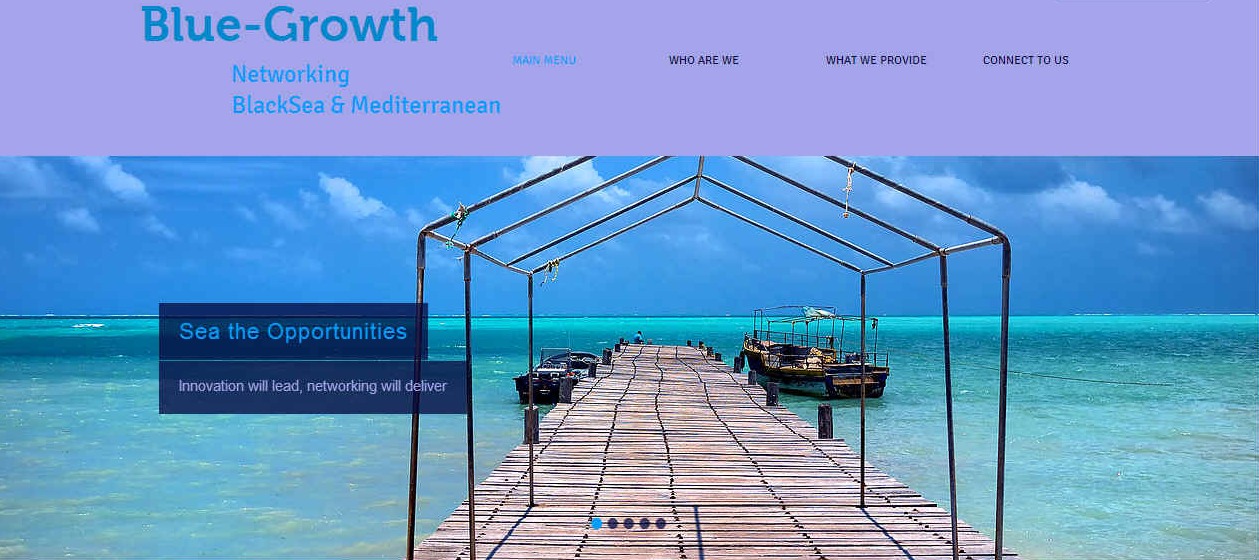Blue
Growth is a non-profit organisation who are free-thinkers.
According to their website they believe that innovation should be the main
driver of BlueGrowth.
Where
the main pillars of this initiative are defined, BlueGrowth set
out to provide the networking element that is missing. This
includes networking between researchers, engineers, investors, entrepreneurs and the public.
It is hopes that networking is the thread that will bring the most needed connection
to benefit all stakeholders.
This is networking within a specific geographical region; eastern Mediterranean area and Black Sea area.
There are other NGO's working to achieve similar objectives,
some of which are included on this page.
THEIR NETWORKING INCLUDES:
* Provisioning of hub for discussion, comments, news about
Blue-Growth
* Providing an opportunity and counsel to make connection among interested people and right
institutions
* Calls for investments and support
* Twinning right people, institutions for fostering on blue growth investments
* Bring about investment opportunities and feasibility studies
* Technology transfers among the regions and good examples for investment for blue growth
* Establishment of clusters for brewing ideas
* Sipping innovative ideas from research clusters
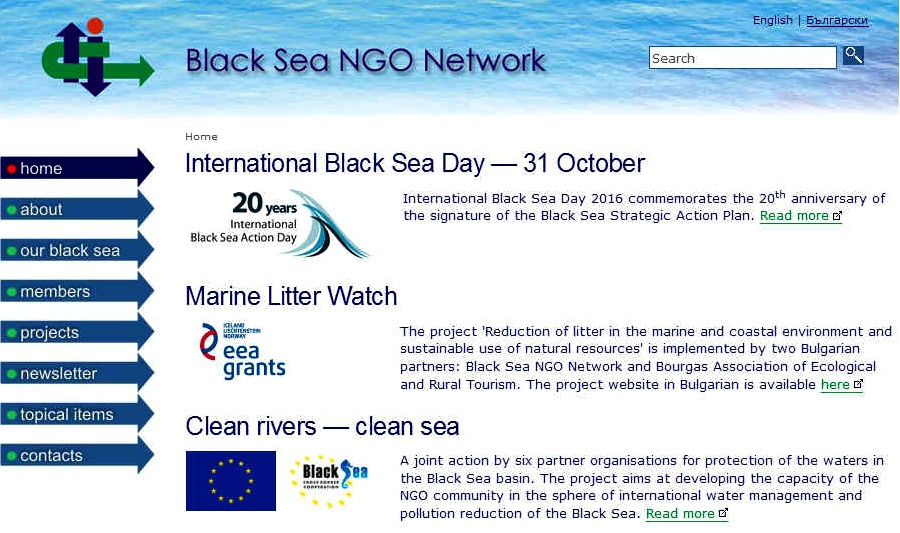
CLUSTER
AREAS OF INTEREST LOOKING FOR INNOVATIVE IDEAS AND SOLUTIONS:
1.
Marine Renewable Energy
Bu bir paragraftır. Kolayca düzenlemek ve metin eklemek için tıklayın. Metin Düzenleye veya buraya çift tıklayarak içerik ekleyip, yazı tipini değiştirebilirsiniz.
Bu alana şirketiniz ve hizmetleriniz hakkında uzun bir yazı yazabilirsiniz. Burayı şirketiniz hakkında daha fazla detay vermek için kullanın.
2.
Fisheries and Aquaculture
Bu bir paragraftır. Kolayca düzenlemek ve metin eklemek için tıklayın. Metin Düzenleye veya buraya çift tıklayarak içerik ekleyip, yazı tipini değiştirebilirsiniz.
Bu alana şirketiniz ve hizmetleriniz hakkında uzun bir yazı yazabilirsiniz. Burayı şirketiniz hakkında daha fazla detay vermek için kullanın.
3.
Eco-Marine and Coastal Tourism
Bu bir paragraftır. Kolayca düzenlemek ve metin eklemek için tıklayın. Metin Düzenleye veya buraya çift tıklayarak içerik ekleyip, yazı tipini değiştirebilirsiniz.
Bu alana şirketiniz ve hizmetleriniz hakkında uzun bir yazı yazabilirsiniz. Burayı şirketiniz hakkında daha fazla detay vermek için kullanın.
4.
Bluebiotechnology
Bu bir paragraftır. Kolayca düzenlemek ve metin eklemek için tıklayın. Metin Düzenleye veya buraya çift tıklayarak içerik ekleyip, yazı tipini değiştirebilirsiniz.
Bu alana şirketiniz ve hizmetleriniz hakkında uzun bir yazı yazabilirsiniz. Burayı şirketiniz hakkında daha fazla detay vermek için kullanın.
5.
Maritime Transport and Seaports
Bu bir paragraftır. Kolayca düzenlemek ve metin eklemek için tıklayın. Metin Düzenleye veya buraya çift tıklayarak içerik ekleyip, yazı tipini değiştirebilirsiniz.
Bu alana şirketiniz ve hizmetleriniz hakkında uzun bir yazı yazabilirsiniz. Burayı şirketiniz hakkında daha fazla detay vermek için kullanın.
A
BIT ABOUT THE MEDITERRANEAN SEA
Roughly 30% of global sea-borne trade by volume is via the
Mediterranean. There are 450 ports and terminals that deal
with a quarter of worldwide sea-borne oil traffic. The
Mediterranean Sea boasts the worlds second-largest market for cruise ships.
The coastal population of the Mediterranean Sea is 150 million, that more than doubles during the tourist season.
The are 400 UNESCO sites and 236 Marine Protected Areas - all
of which boils down to a heck of a lot of world heritage to
conserve.
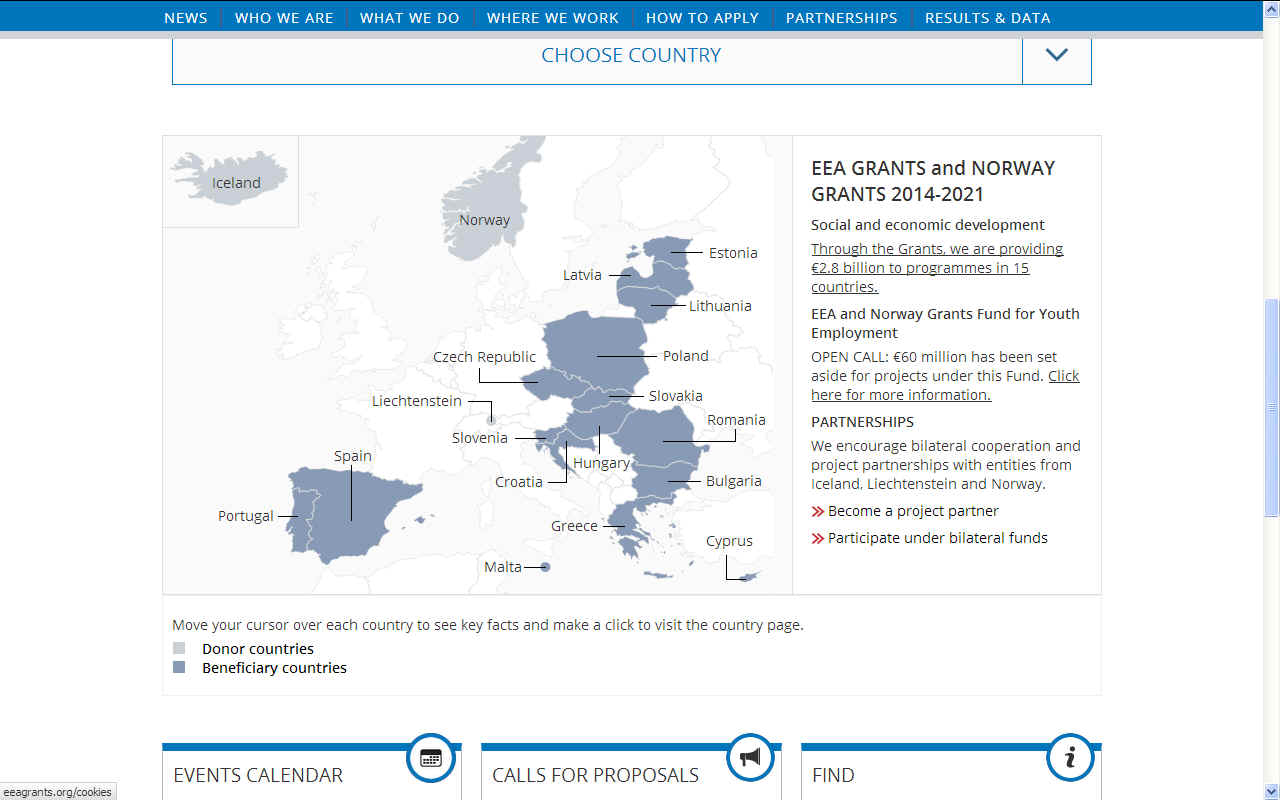
A
BIT ABOUT THE BLACK SEA
The Black Sea has linked the cultures and economies of
Europe, Central Asia, and the
Middle East for millennia. Today, the Black Sea region is the site of political and ecologic crises with global repercussions. But the regions countries, with their diverse languages, religions, cultures, and political systems, are too often viewed in isolation, without a clear understanding of their profound interconnections. To successfully meet global challenges, we must learn to work with religious, cultural, and linguistic diversity, and understand the complex local contexts in which ordinary people lead their lives.
The Black Sea is a body of water and marginal sea of the
Atlantic Ocean between Eastern Europe and Western Asia, bounded by Bulgaria, Georgia, Romania,
Russia, Turkey, and Ukraine. It is supplied by a number of major rivers, such as the Danube, Dnieper, Rioni, Southern Bug, and Dniester. The Black Sea has an area of 436,400 km2 (168,500 sq mi) (not including the Sea of Azov), a maximum depth of 2,212 m (7,257 ft), and a volume of 547,000 km3 (131,000 cu mi). It is constrained by the Pontic Mountains to the south and by the Caucasus Mountains to the east, and features a wide shelf to the northwest. The longest east-west extent is about 1,175 km (730 mi).


BLACK
SEA MARINE LITTER WATCH
The project 'Reduction of litter in the marine and coastal environment and sustainable use of natural resources' is implemented by two Bulgarian partners: Black Sea NGO Network and Bourgas Association of Ecological and Rural Tourism.
Черноморска мрежа на неправителствените организации (ЧМНО) и Бургаска асоциация за екологичен и селски туризъм (БАЕСТ) осъществяват проект "Намаляване на отпадъците в морето и по крайбрежието и устойчиво използване на природните ресурси" със съфинансиране на Програмата за подкрепа на НПО в България по Финансовия механизъм на Европейското икономическо пространство 2009-2014 г.
Морските отпадъци не са включени в националната регулаторна рамка, въпреки че страната ни има определени задължения във връзка с тях. Проектът ангажира НПО в стимулиране на политиките за балансирано развитие и устойчиво използване на природните ресурси на морето и крайбрежието.
New cooperation agreement with Portugal on blue and green growth
Iceland, Liechtenstein and Norway have signed a new cooperation agreement with
Portugal under the EEA and
Norway Grants 2014-2021, for a total of more than EUR 100 million. Of this amount, EUR 62 million will be used to strengthen business,
research.
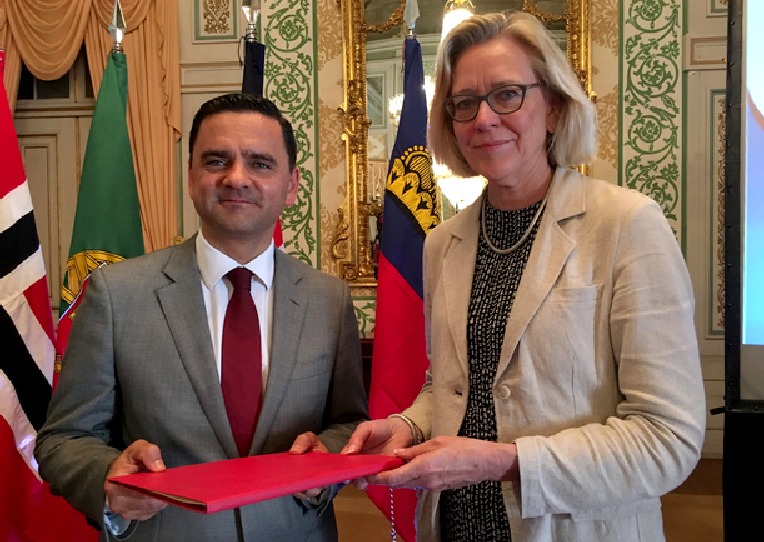
CLEAN RIVERS - CLEAN SEA
The Black Sea NGO Network of Varna, Bulgaria together with partners from four other Black Sea countries implements the project Clean Rivers Clean Sea! NGO actions for environmental protection within Black Sea area. The project is aimed at developing the capacity of the NGO community in the sphere of international water management and pollution reduction of the Black Sea. The joint action is funded by the European Union through the Joint Operational Programme Black Sea Basin 20072013 and its total cost is 587,000.The length of the project is two years.
Participants in the project are six non-governmental organizations from countries in the Black Sea basin. Beneficiary is the Eco Counseling Centre of Galati, Romania, working in partnership with the Ecological Counseling Center Cahul, Moldova, the Black Sea NGO Network Varna, Bulgaria,the Regional Environmental Centre Moldova, Chisinau, the Regional Environmental Centre for the Caucasus
Tbilisi, Georgia and the Society of Natural and Wildlife Conservation
Samsun, Turkey. The Specialized Administration of the province of Rize,
Turkey is associate partner.
The European Union is made up of 28 Member States who have decided to gradually link together their know-how, resources and destinies. Together, during a period of enlargement of 50 years, they have built a zone of stability, democracy and sustainable development whilst maintaining cultural diversity, tolerance and individual
freedoms. The European Union is committed to sharing its achievements and its values with countries and peoples beyond its borders.
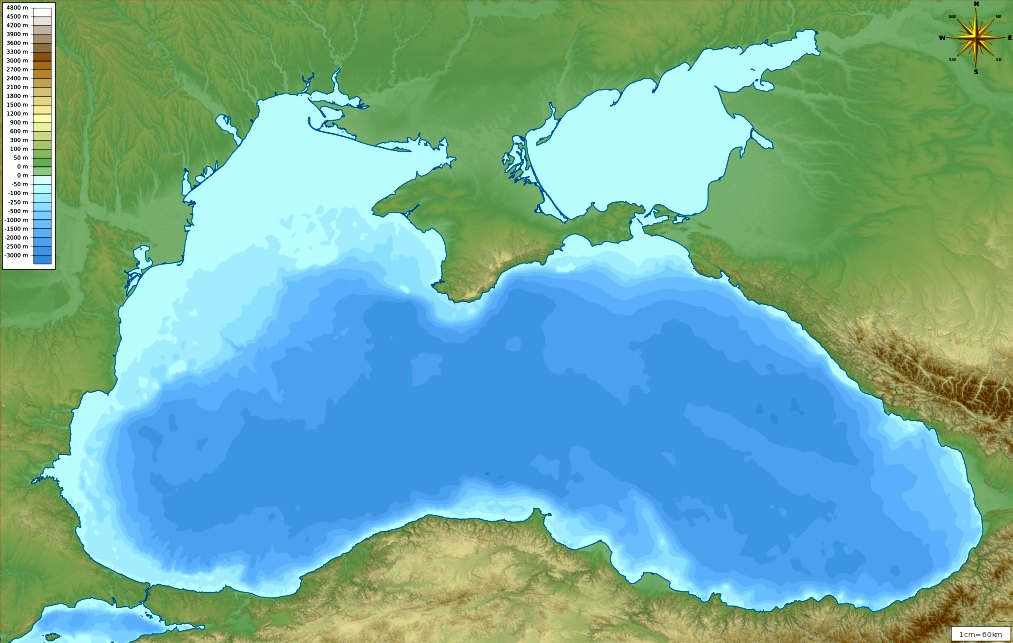
GEOGRAPHY
& HYDROLOGY
The Black Sea is a marginal sea and is the world's largest body of water with a meromictic basin. The deep waters do not mix with the upper layers of water that receive oxygen from the atmosphere. As a result, over 90% of the deeper Black Sea volume is anoxic water. The Black Sea's circulation patterns are primarily controlled by basin topography and fluvial inputs, which result in a strongly stratified vertical structure. Because of the extreme stratification, it is classified as a salt wedge estuary.
The Black Sea only experiences water transfer with the Mediterranean Sea, so all inflow and outflow occurs in the Bosphorus and Dardanelles. Inflow from the Mediterranean has a higher salinity and density than the outflow, creating the classical estuarine circulation. This means that inflow of dense water from Mediterranean occurs at the bottom of the basin while outflow of fresher Black Sea surface-water into the Marmara Sea occurs near the surface. Fresher surface water is the product of the fluvial inputs, and this makes the Black Sea a positive sea. The net input of freshwater creates an outflow volume about twice that of the inflow. Evaporation and precipitation are roughly equal at about 300 cubic kilometres per year (72 cu mi/a).
The Black Sea supports an active and dynamic marine ecosystem, dominated by species suited to the brackish, nutrient-rich, conditions. As with all marine food webs, the Black Sea features a range of trophic groups, with autotrophic algae, including diatoms and dinoflagellates, acting as primary producers. The fluvial systems draining Eurasia and central Europe introduce large volumes of sediment and dissolved nutrients into the Black Sea, but distribution of these nutrients is controlled by the degree of physiochemical stratification, which is, in turn, dictated by seasonal physiographic development.
During winter, strong wind promotes convective overturning and upwelling of nutrients, while high summer temperatures result in a marked vertical stratification and a warm, shallow mixed layer. Day length and insolation intensity also controls the extent of the photic zone. Subsurface productivity is limited by nutrient availability, as the anoxic bottom waters act as a sink for reduced nitrate, in the form of ammonia. The benthic zone also plays an important role in Black Sea nutrient cycling, as chemosynthetic organisms and anoxic geochemical pathways recycle nutrients which can be upwelled to the photic zone, enhancing productivity
ECOLOGY & POLLUTION
Since the 1960s, rapid industrial expansion along the Black Sea coast line and the construction of a major dam has significantly increased annual variability in the N:P:Si ratio in the basin. In coastal areas, the biological effect of these changes has been an increase in the frequency of monospecific phytoplankton blooms, with diatom bloom frequency increasing by a factor of 2.5 and non-diatom bloom frequency increasing by a factor of 6. The non-diatoms, such as the prymnesiophytes Emiliania huxleyi (coccolithophore), Chromulina sp., and the Euglenophyte Eutreptia lanowii are able to out-compete diatom species because of the limited availability of Si, a necessary constituent of diatom frustules. As a consequence of these blooms, benthic macrophyte populations were deprived of light, while anoxia caused mass mortality in marine animals.
The decline in macrophytes was further compounded by overfishing during the 1970s, while the invasive ctenophore Mnemiopsis reduced the biomass of copepods and other
zooplankton in the late 1980s. Additionally, an
alien
species the warty comb jelly (Mnemiopsis leidyi) was able to establish itself in the basin, exploding from a few individuals to an estimated biomass of one billion metric tons. The change in species composition in Black Sea waters also has consequences for hydrochemistry, as Ca-producing coccolithophores influence salinity and pH, although these ramifications have yet to be fully quantified. In central Black Sea waters, Si levels were also significantly reduced, due to a decrease in the flux of Si associated with advection across isopycnal surfaces. This phenomenon demonstrates the potential for localised alterations in Black Sea nutrient input to have basin-wide effects.
Pollution reduction and regulation efforts have led to a partial recovery of the Black Sea ecosystem during the 1990s, and an EU monitoring exercise, 'EROS21', revealed decreased N and P values, relative to the 1989 peak. Recently, scientists have noted signs of ecological recovery, in part due to the construction of new sewage treatment plants in Slovakia, Hungary, Romania, and Bulgaria in connection with membership in the European Union. Mnemiopsis leidyi populations have been checked with the arrival of another alien species which feeds on them.
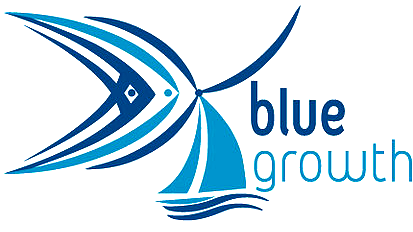
BLUE-GROWTH.COM BLACK & MEDITERRANEAN SEAS
CONTACTS
Erol
Cavus (Founder)
Twitter: @BlueGrowthTR
Website: https://www.blue-growth.com/
Email:
erol.cavus@gmail.com
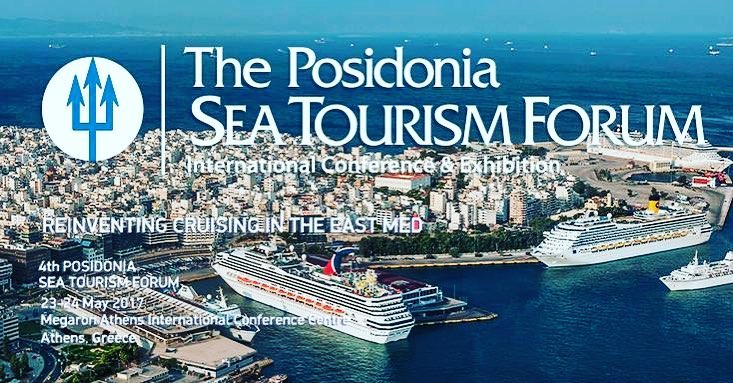
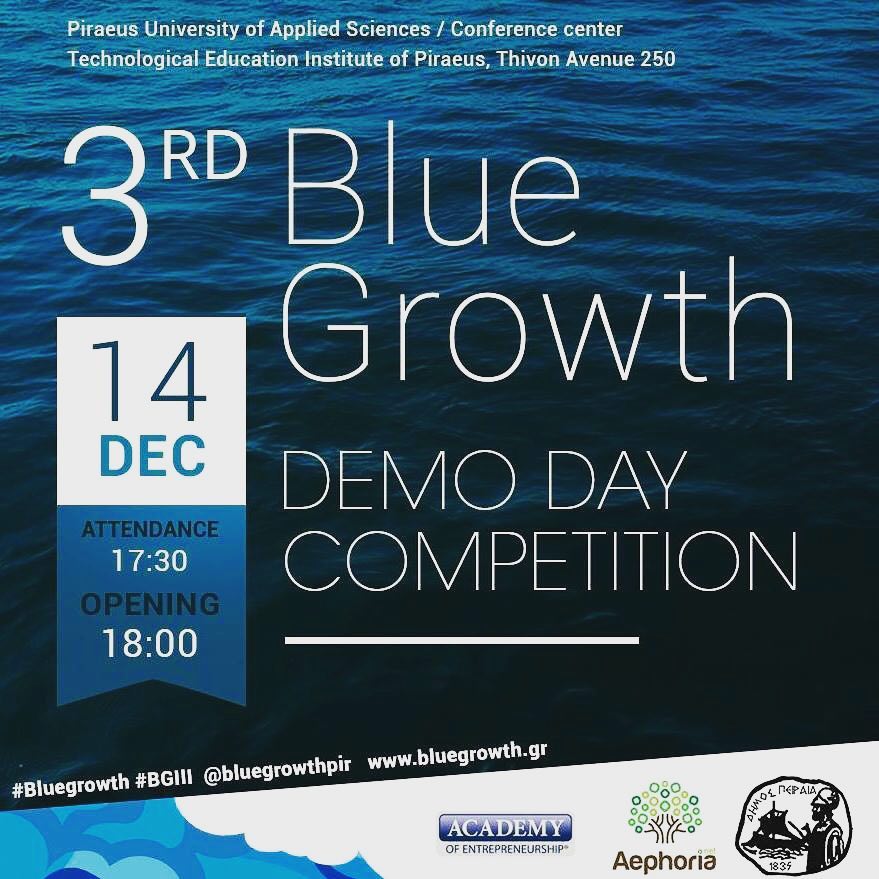
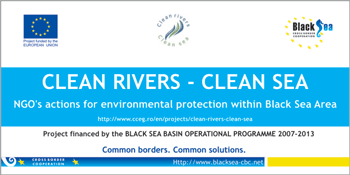
LINKS
& REFERENCE
https://en.wikipedia.org/wiki/Black_Sea
http://blackseatourism.net/new/home/
http://www.cceg.ro/en/
http://eeagrants.org/
http://www.bsnn.org/
http://blackseanetworks.org/
http://ec.europa.eu/dgs/environment/index_en.htm
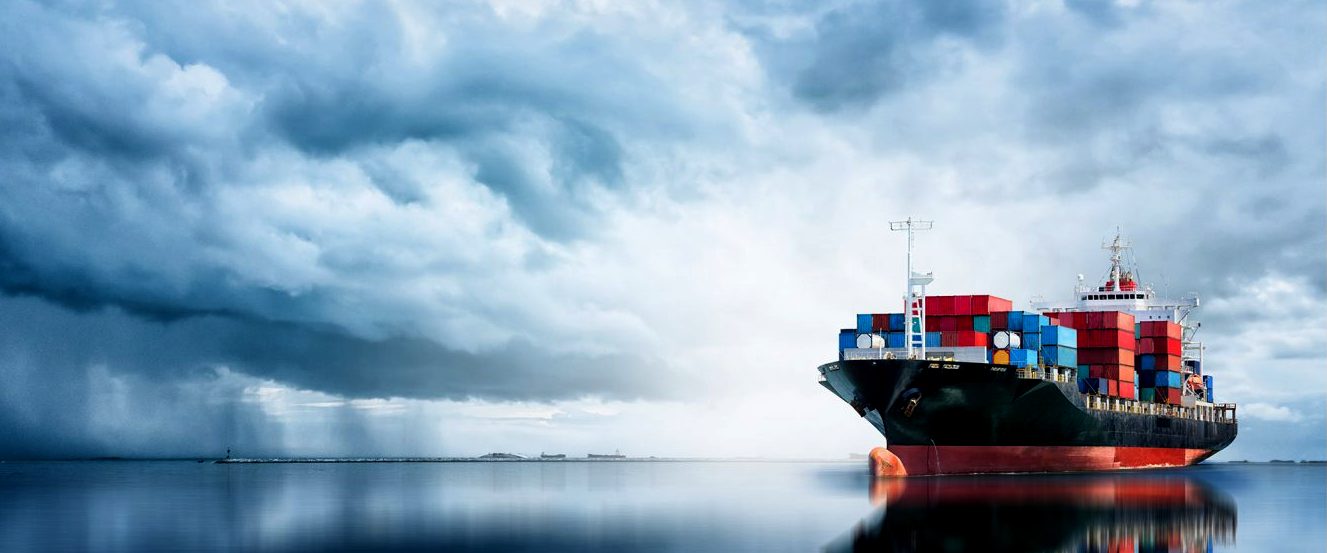
This
website is provided on a free basis as a public information
service. Copyright © Cleaner
Oceans Foundation Ltd (COFL) Company No: 4674774)
2017. Solar
Studios, BN271RF, United Kingdom.
COFL
is a charity without share capital.
